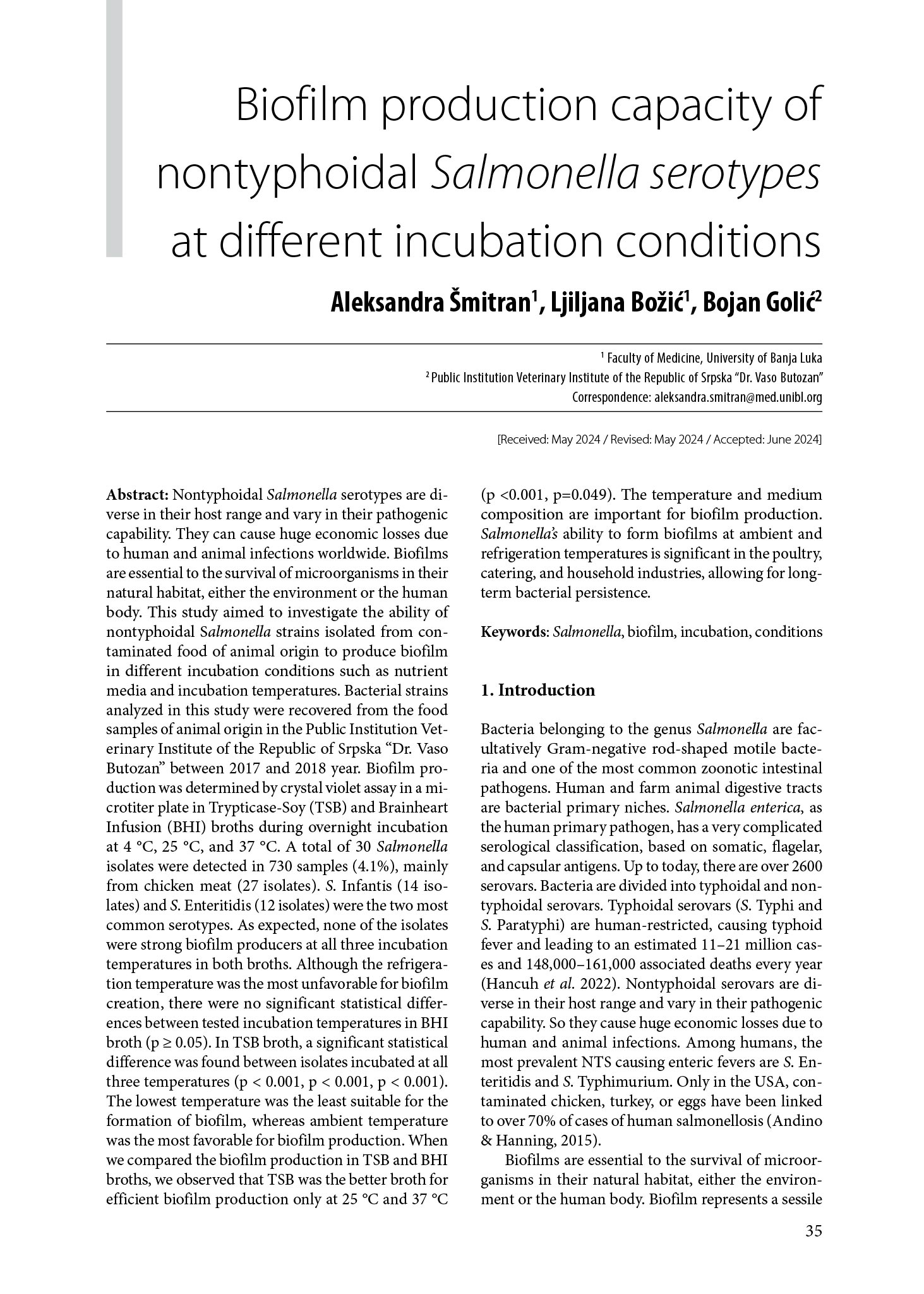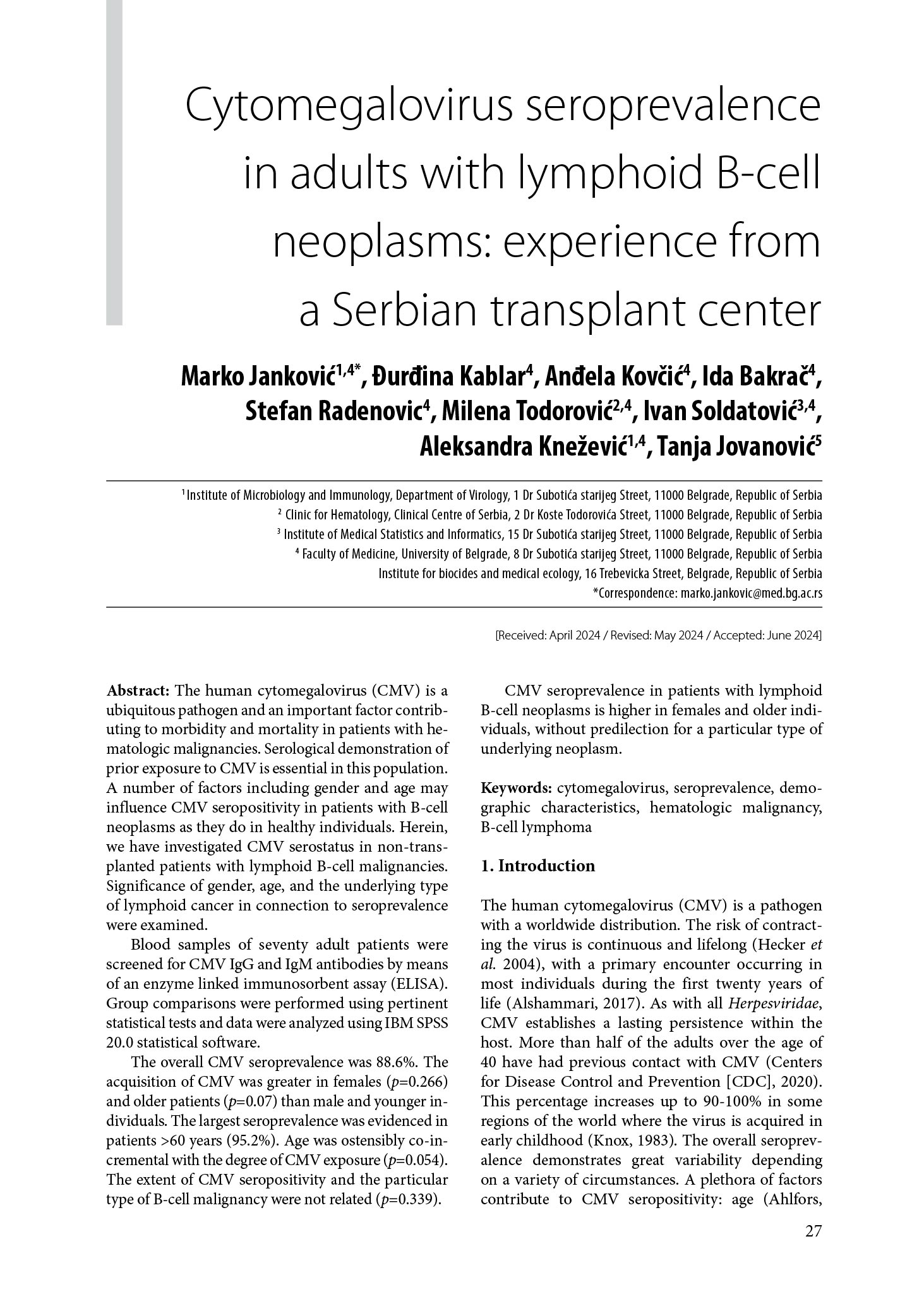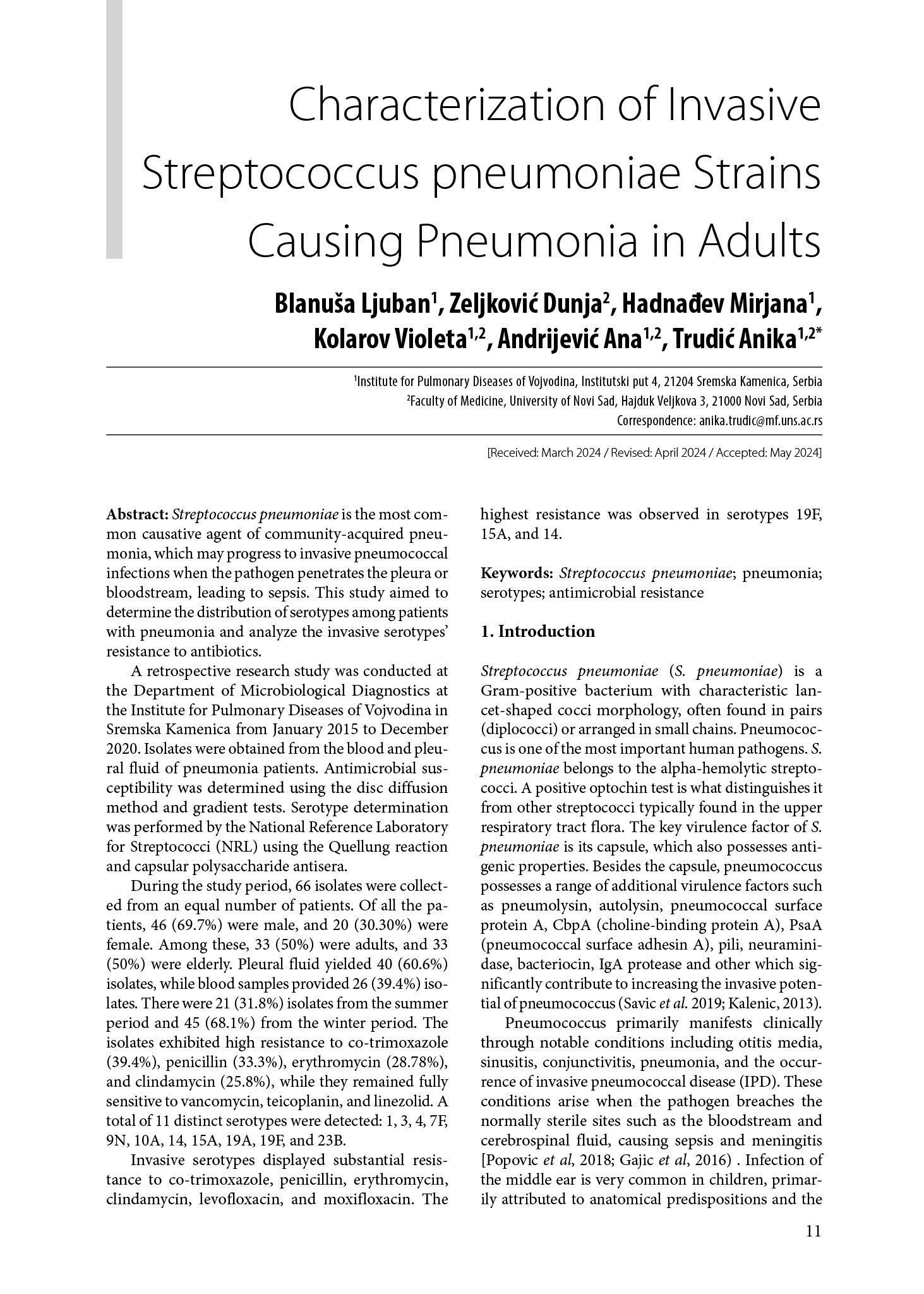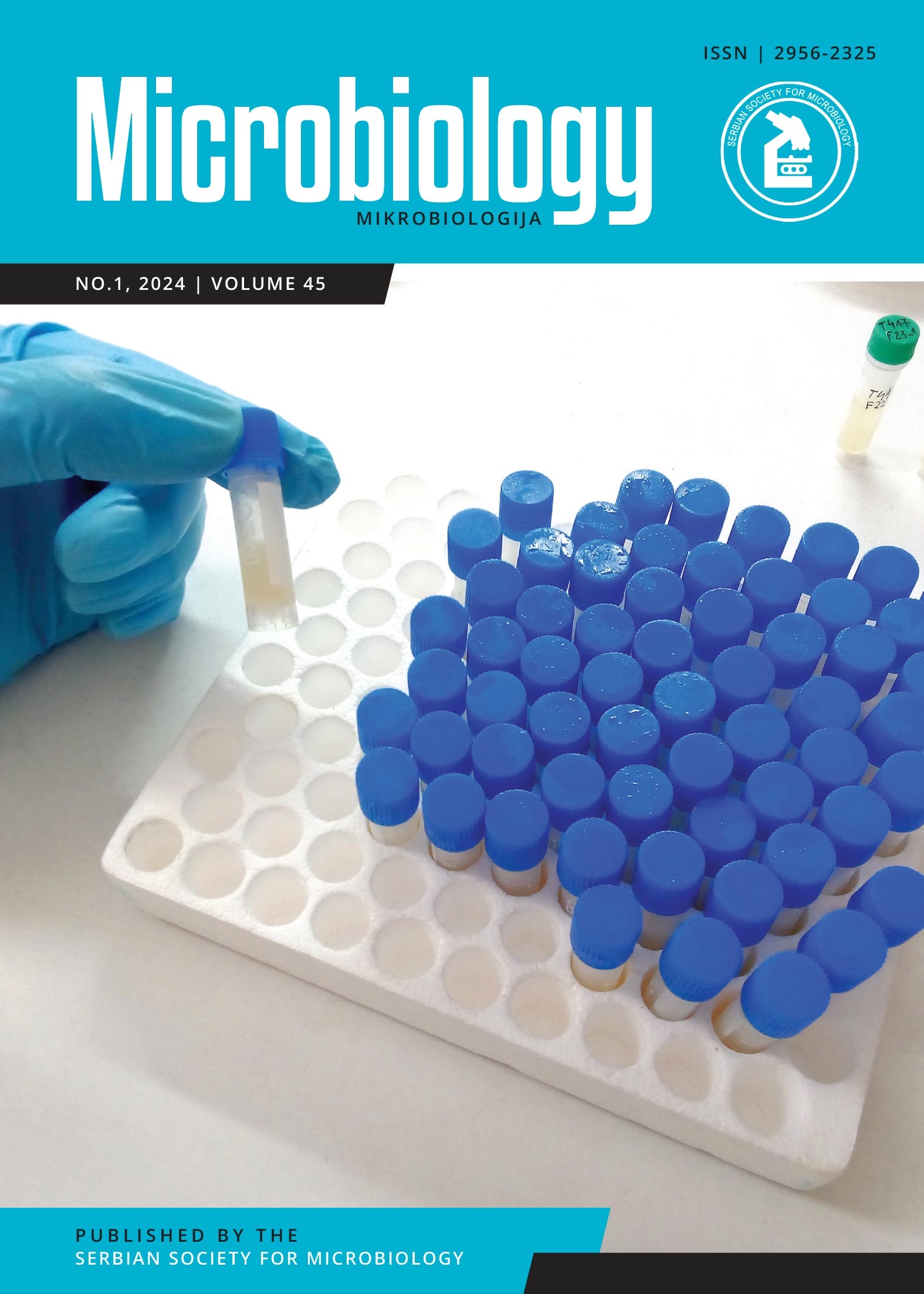Volume #45 – 1 – 5
Nontyphoidal Salmonella serotypes are diverse in their host range and vary in their pathogenic capability. They can cause huge economic losses due to human and animal infections worldwide. Biofilms are essential to the survival of microorganisms in their natural habitat, either the environment or the human body. This study aimed to investigate the ability of nontyphoidal Salmonella strains isolated from contaminated food of animal origin to produce biofilm in different incubation conditions such as nutrient media and incubation temperatures. Bacterial strains analyzed in this study were recovered from the food samples of animal origin in the Public Institution Veterinary Institute of the Republic of Srpska "Dr. Vaso Butozan" between 2017 and 2018 year. Biofilm production was determined by crystal violet assay in a microtiter plate in Trypticase-Soy (TSB) and Brainheart Infusion (BHI) broths during overnight incubation at 4 ℃, 25 ℃, and 37 ℃. A total of 30 Salmonella isolates were detected in 730 samples (4.1%), mainly from chicken meat (27 isolates). S. Infantis (14 isolates) and S. Enteritidis (12 isolates) were the two most common serotypes. As expected, none of the isolates were strong biofilm producers at all three incubation temperatures in both broths. Although the refrigeration temperature was the most unfavorable for biofilm creation, there were no significant statistical differences between tested incubation temperatures in BHI broth (p ≥ 0.05). In TSB broth, a significant statistical difference was found between isolates incubated at all three temperatures (p < 0.001, p < 0.001, p < 0.001). The lowest temperature was the least suitable for the formation of biofilm, whereas ambient temperature was the most favorable for biofilm production. When we compared the biofilm production in TSB and BHI broths, we observed that TSB was the better broth for efficient biofilm production only at 25 ℃ and 37 ℃ (p <0.001, p=0.049). The temperature and medium composition are important for biofilm production. Salmonella's ability to form biofilms at ambient and refrigeration temperatures is significant in the poultry, catering, and household industries, allowing for long-term bacterial persistence.






